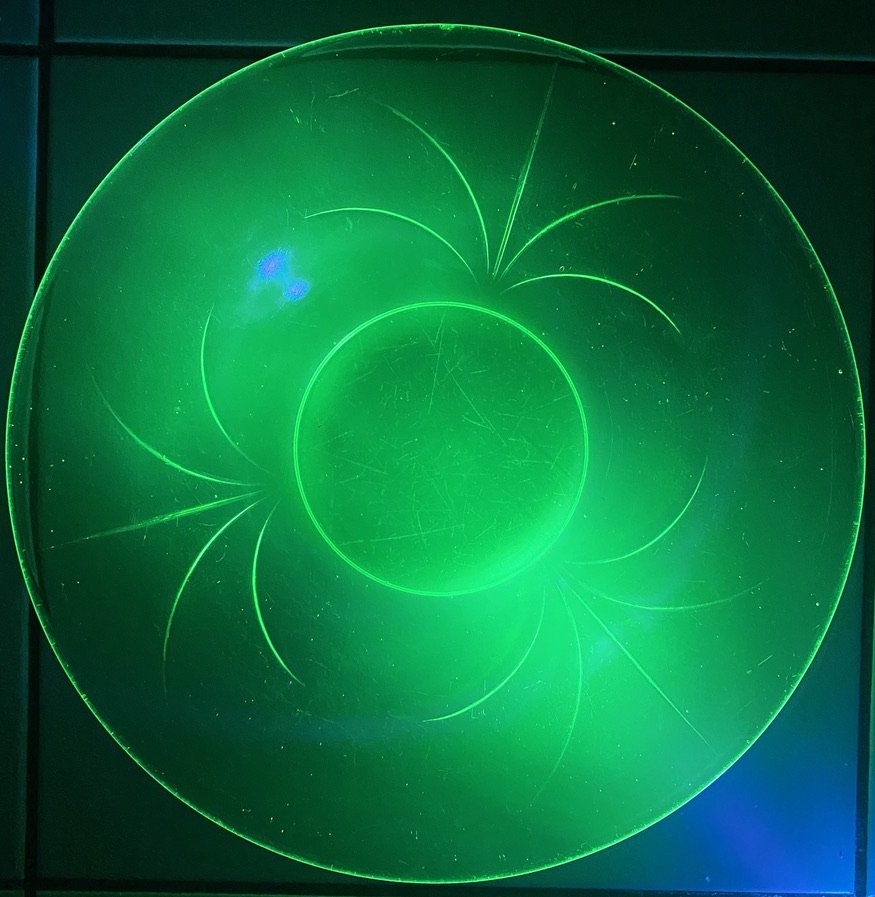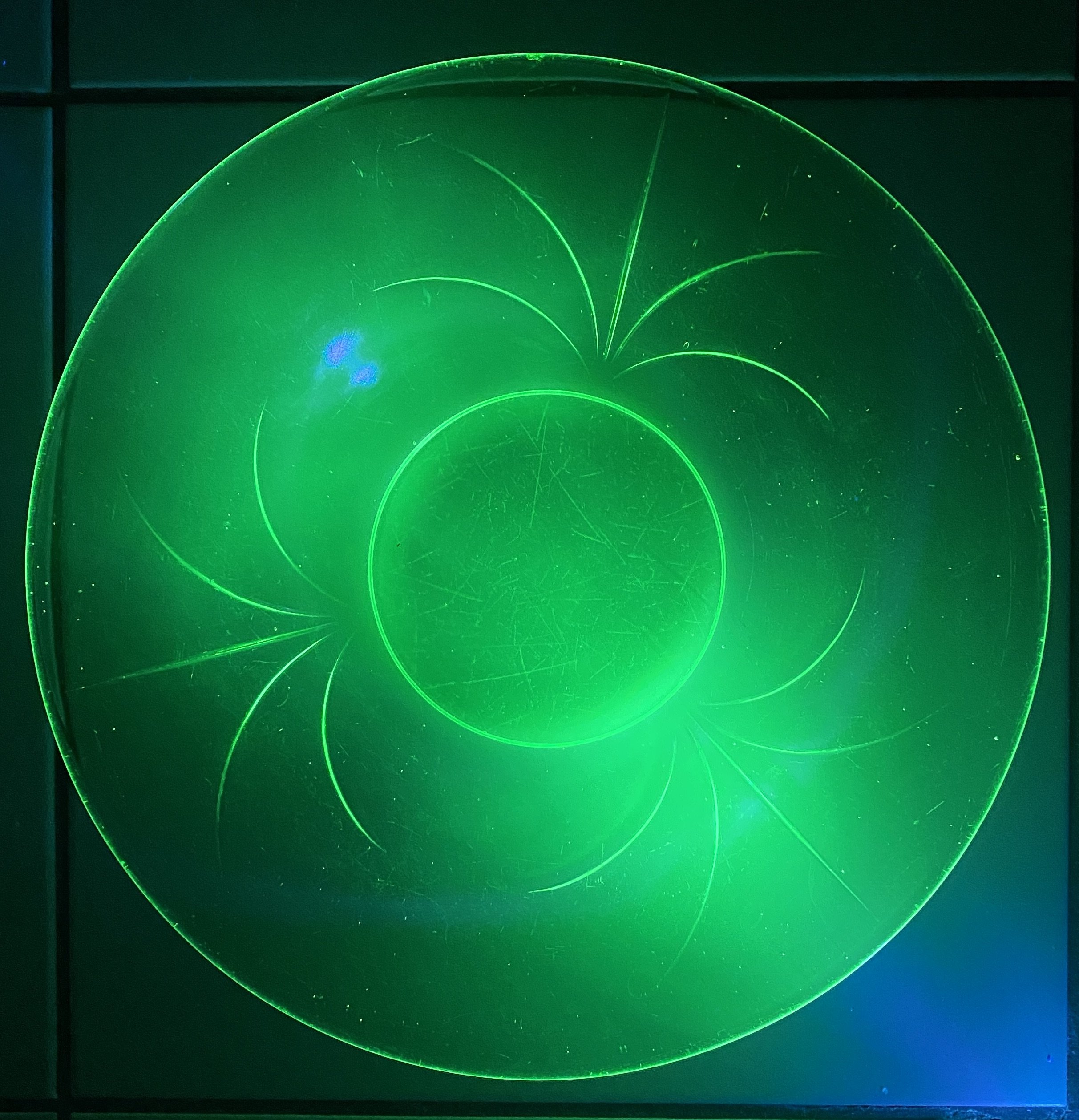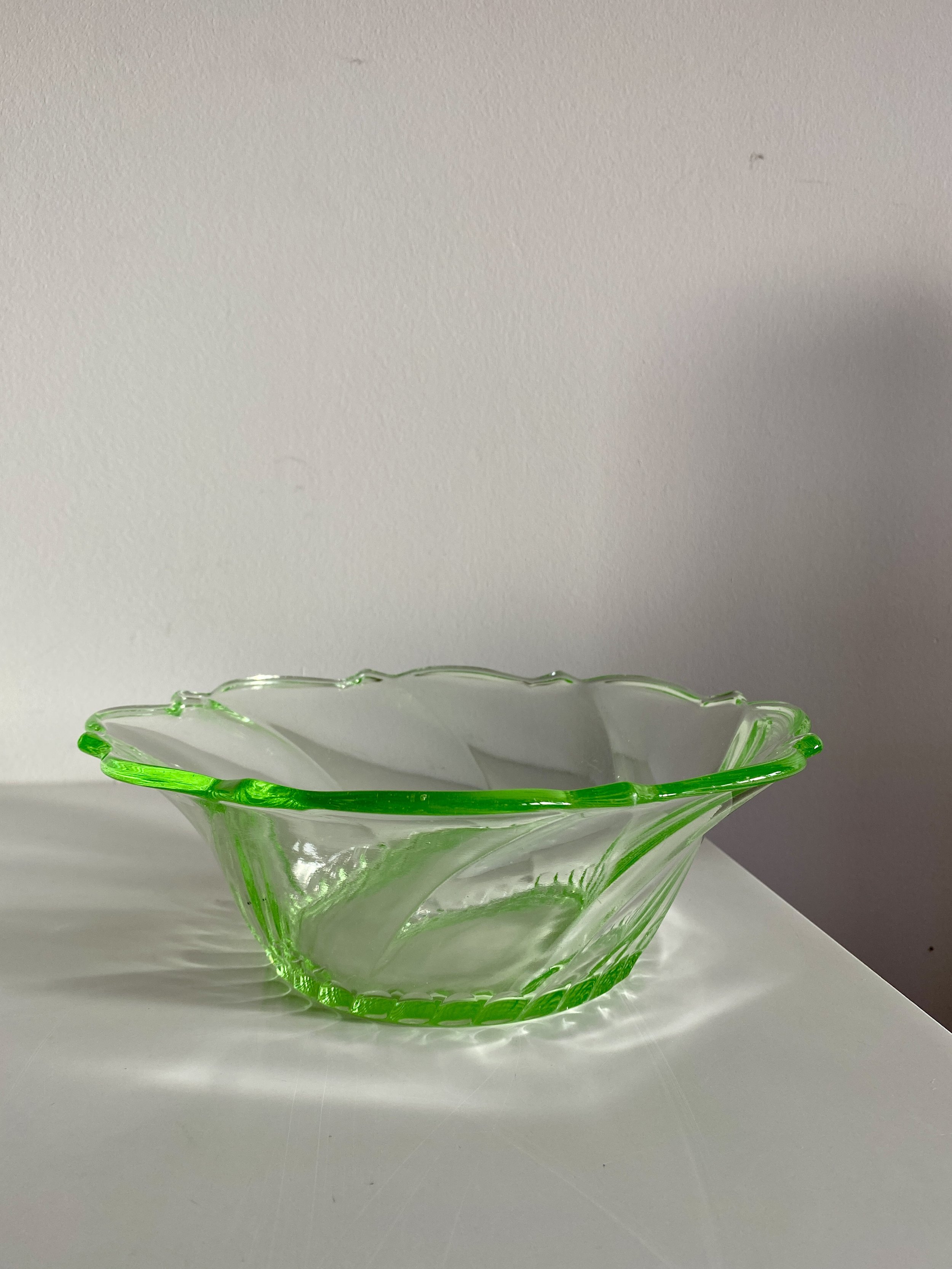What is Uranium Glass?
Glass has long captivated human beings with its beauty and versatility. From delicate ornaments to practical containers, glass has been molded into various forms throughout history. Among the myriad types of glass, one particular variety stands out due to its distinctive glow—a captivating luminosity that owes its radiance to the inclusion of a rather unexpected element: uranium. Join us as we delve into the captivating history of uranium glass, a luminous gem from the past.
The discovery of uranium dates back to 1789 when German chemist Martin Heinrich Klaproth isolated the element from a mineral called pitchblende. Its unique radioactive properties intrigued scientists, leading to further experimentation and applications. However, it wasn't until the late 19th century that uranium found its way into the realm of glassmaking.
Around the 1830s, uranium oxide—also known as uranium dioxide or urania—was introduced as a colouring agent in glass production. The addition of uranium oxide imparted a striking yellow or green fluorescence under ultraviolet light, creating what is now commonly known as uranium glass, Vaseline glass, or even "canary glass" due to its vibrant hue.
Uranium glass gained immense popularity during the late Victorian era and throughout the Art Nouveau and Art Deco periods. Its distinct luminosity made it a sought-after material for decorative items, including vases, bowls, candleholders, and even jewellery. The glowing quality of uranium glass captivated enthusiasts and collectors, making it a prized possession.
Uranium glass owes its distinctive glow to the phenomenon of fluorescence. When exposed to ultraviolet light, the uranium ions within the glass absorb energy and re-emit it in the form of visible light. This fluorescence, often referred to as "UV reaction" or "uranium glow," is what gives uranium glass its ethereal charm. However, it's important to note that the radioactivity in uranium glass is typically minimal and not considered a health hazard.
The production of uranium glass reached its zenith during the early 20th century. However, with the onset of World War II and the subsequent focus on uranium's role in nuclear energy and weapons, the use of uranium oxide in glass production significantly declined. Concerns regarding the potential health risks associated with radioactivity also contributed to a decline in popularity.
Uranium glass enthusiasts and collectors have helped preserve the legacy of this remarkable glassware. The vibrant colours, glowing properties, and historical significance make uranium glass highly sought-after among antique lovers and glass collectors. Today, numerous online communities and specialized dealers cater to avid enthusiasts, fostering a passion for preserving and celebrating this luminous piece of history.
Uranium glass stands as a testament to the captivating fusion of art, science, and history. From its humble beginnings as an experimental inclusion in glassmaking to its flourishing popularity during the Victorian and Art Deco eras, uranium glass has left an indelible mark on the world of glassware. The allure of its mesmerizing glow continues to inspire collectors and admirers alike, ensuring that this unique and radiant gem from the past will continue to illuminate the present and future.
So, the next time you stumble upon a glowing piece of glassware, remember the fascinating history of uranium glass and the captivating tales it tells through its radiant glow.




